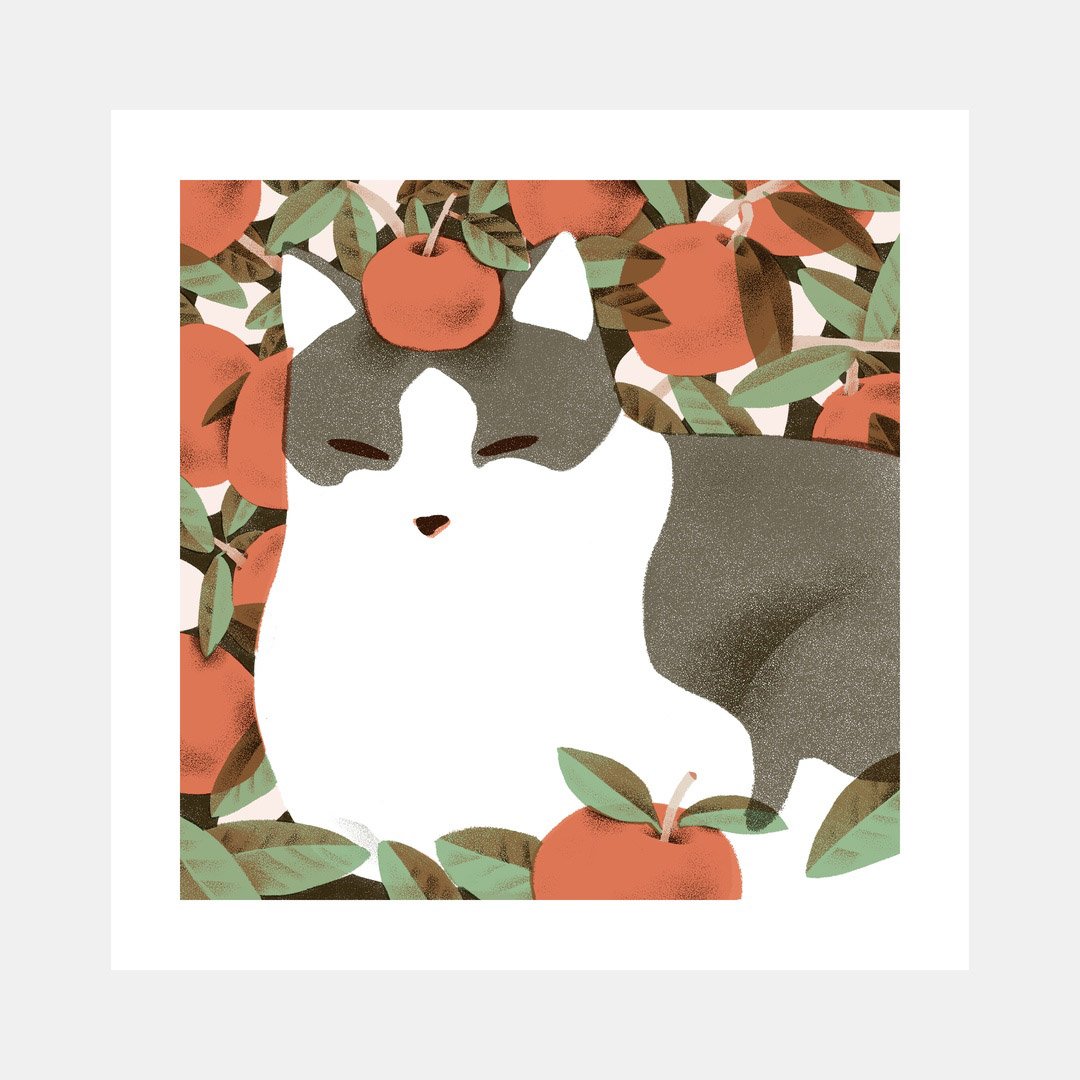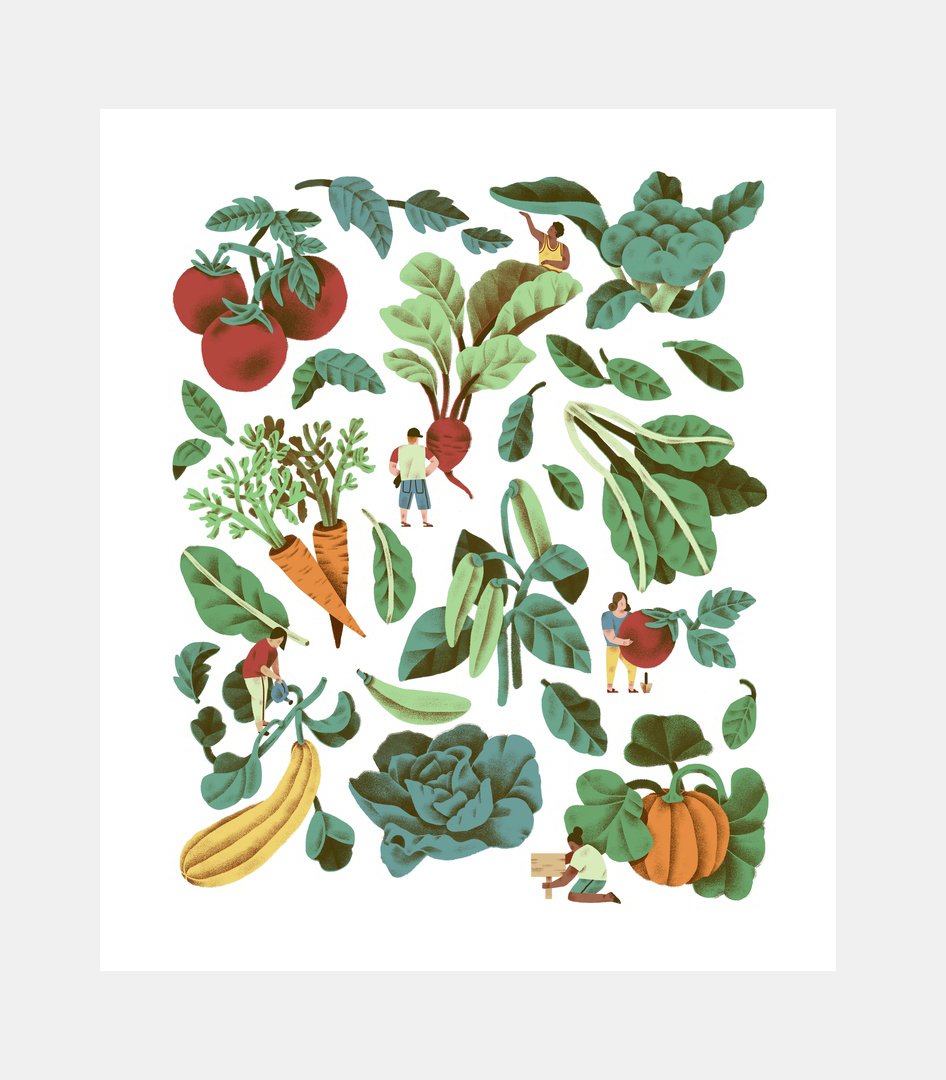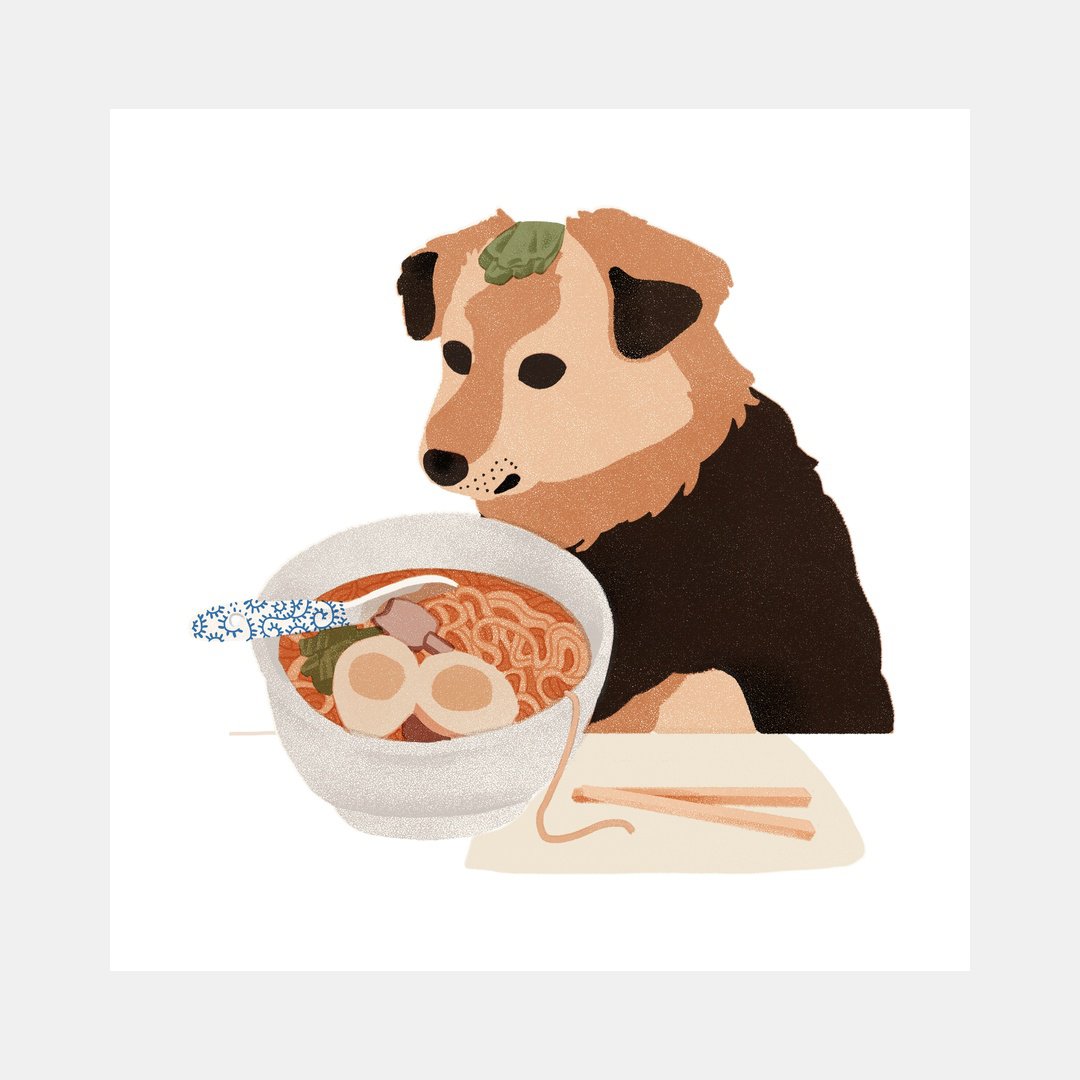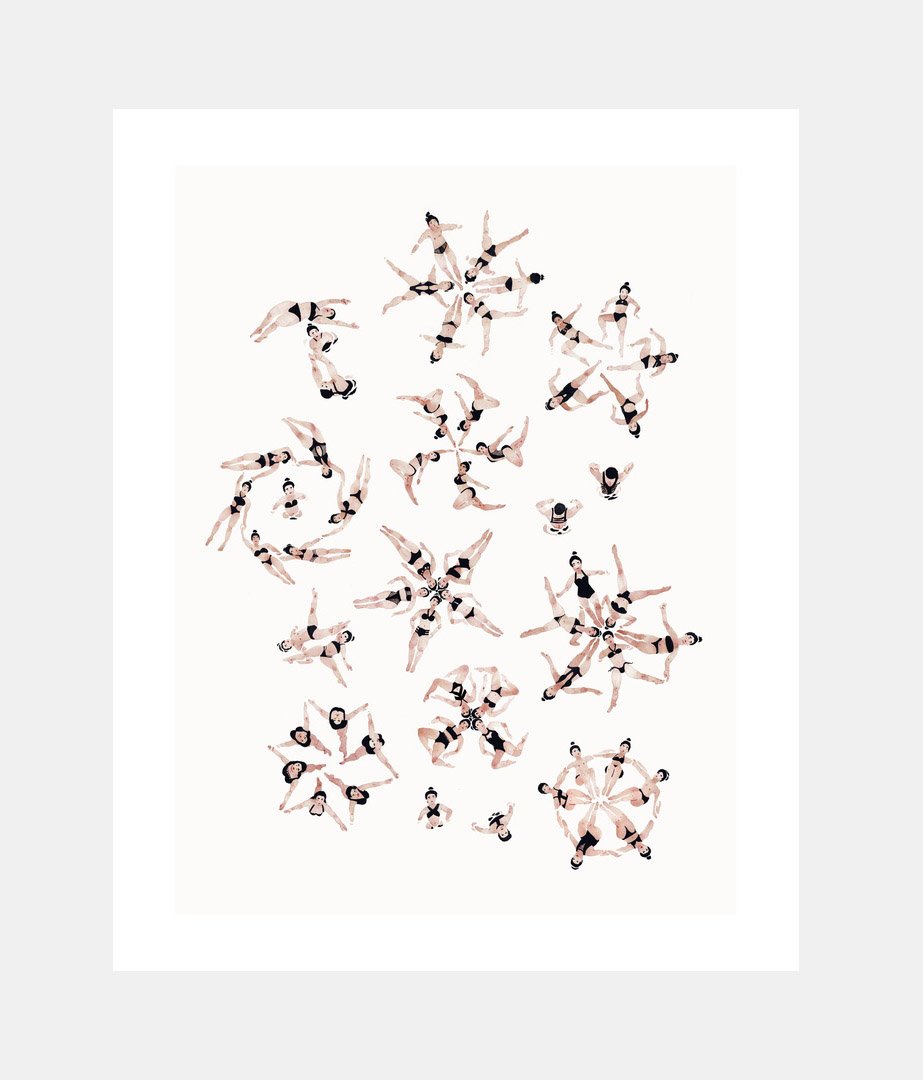Container Growing: Garden Huckleberry
Garden Huckleberries, despite sharing a similar name, are not true huckleberries. Instead, they are members of the nightshade family, just like your familiar tomatoes and eggplants. You can grow these obsidian-toned gems for yourself in containers - read on!
Growing huckleberries involves
| Name: | Garden Huckleberry |
| Latin: | Solanum melanocerasum |
| Seed: | Hybrid |
| Type: | Annual |
| Season: | |
| Sun: | |
| Sprouts: | |
| Maturity: | |
| Difficulty: | |
| Seed Storage: |
How to Grow:
Instructions for growing will vary according to where you live so if checking online, keep this in mind and modify if you’re buying from a non-local supplier. I bought mine from West Coast Seeds and they say:
“Transplant out in mid-May to June, with your tomato seedlings. The small, 1cm (1/2") fruits begin to set early, turning from bright green to jet black. These hold on the plant, even if they appear early in the season.”
Seed Review:
I focus on experimental urban gardening in small spaces, emphasizing low-maintenance, dense, wild plantings. My container garden is on a city rooftop and I grow exclusively in pots, planters, and raised garden beds designed for decks.
My Garden Conditions:
| Zone: | 6a |
| Sun: | Full |
| Heat: | High |
| Wind: | Exposed |
| Humidity: | Average |
location_on Toronto, Canada
Starting From Seed
If you’ve ever grown tomatoes from seed, you’ll know that their germination rates are reliable and quick and these Garden Huckleberries follow suit! I found them incredibly easy to grow from scratch, nearly every seed germinating.
I started these in medium-sized soil blocks and they quickly overtook the space. Unlike the usual advice, I did not thin these at all and left them in clusters to encourage competitive growth and therefore more resilient plants.
Growing huckleberries in soil blocks
Multiple true leaves after, these are ready for planting
Planting Out in the Garden
Late spring when temperatures were warm enough, I planted these in two large groupings of 4-6 plants each in a large raised planter and let them be. At the start, I had interplanted them with a bordering of radishes that, because they were in season, out-competed the huckleberries for a few weeks before harvest. Once they were given their space, those huckberries shot up!
Planted in wide, medium-depth wooden containers
Despite being cramped, the plants seem to be able to handle over-crowding. The planter they shared had Anise Hyssop and Aldermen shelling peas and they played well as neighbours.
Garden Huckleberries are ready when they are dark and shiny
Quickly, in a couple months or so the berries started to appear, start off with delicate white flowers that turned into green immature fruit than eventually ripened to the shiny deep purple berries you see here.
Berries: When Are They Ready?
Always make sure that your berries are fully ripe before consuming since like tomatoes, unripened fruit can cause upset stomachs. How do you know when Garden Huckleberries are ready to harvest? I wait until they’re an almost-black colour and fall off easily when picked - a light tug is all you should need to do.
A plate full of fresh berries!
They Don’t Stop!
The Garden Huckleberries produced fruit reliable throughout the entire growing season. Unlike Ground Cherries, which I grew last year that are also in the nightshade family, these ripened at lightning speed by comparison and with frequent harvest, led to abundant production. They also kept on the vine long and well.
Garden Huckleberry leaves turning purple
Garden Huckleberry leaves turning purple
I noticed the leaves turning purple as they grew into summer. My plants were in full sun on an exposed hot rooftop and guess they could either be light protection by producing anthocyanins or a phosphorus deficiency.
how do they taste?
Garden Huckleberries when allowed to ripen fully (until they are glossy and plump) have a soft sweetness with a cucumber note. They are very seedy but not in a noticeable way. Nor are they tart - if they are it’s likely you’ve picked them too early. Garden Huckleberries seem to have a controversial reputation: some love it, others hate it and I think most of the hate comes from the expectation that they’ll taste like a blueberry when they don’t. I think they’re much more unique in flavour and I’d recommend it for an adventurous palette looking for new experiences.
Harvesting and Cooking
When grown in containers, the harvests aren’t necessarily big enough to fill a baked pie. So instead, I mainly snack on these raw because they make for delightful natural fruit-gushers. But, if you want to collect a larger quantity to make a cooking project out if them, you can freeze the berries until you have a batch big enough.
Once you do, you why not try making a simple syrup?
Collect your berries gradually and freeze them for later
Garden Huckleberry simple syrup
Final Thoughts:
I would grow these again! Perennial berries are really tricky to grow in containers since they may not overwinter well (especially for me, being in a harsh exposed garden). I describe these as: robust, easy, and if you find you don’t like the flavour, you can always leave them for the birds.
Do you have any growing tips or experience with this crop? Comment below!
Support my Work by Purchasing an Art Print!
MOre Seed Reviews:
















'Jade Cross' Brussels Sprouts are a hybrid seed boasted to have an early maturation period and resilient nature in particularly cold climates.